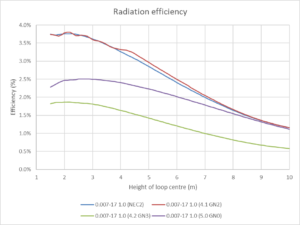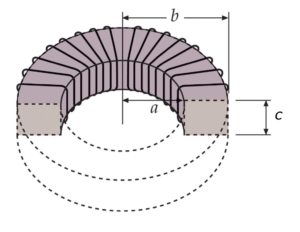In other posts on LED luminaires, I identified the need for a test device for LED strings of up to 200+V at currents up to 280mA.
There are quite a number of competitive devices in the market, the article is a review of the iFIX RT300M v2 (which is also sold under other brand names, they may or may not be sourced from the same factory… the Chinese are copyists).
I purchased one of these devices, and it was faulty on delivery. The output voltage never rises above 0.3V, determined to be a hardware fault. With eBay’s intervention, a full refund was obtained without returning the faulty unit which turned out to be a small blessing later.
The v2 RT300M has a button on the top edge of the device. Continue reading Review of iFIX RT300M v2 LED tester






